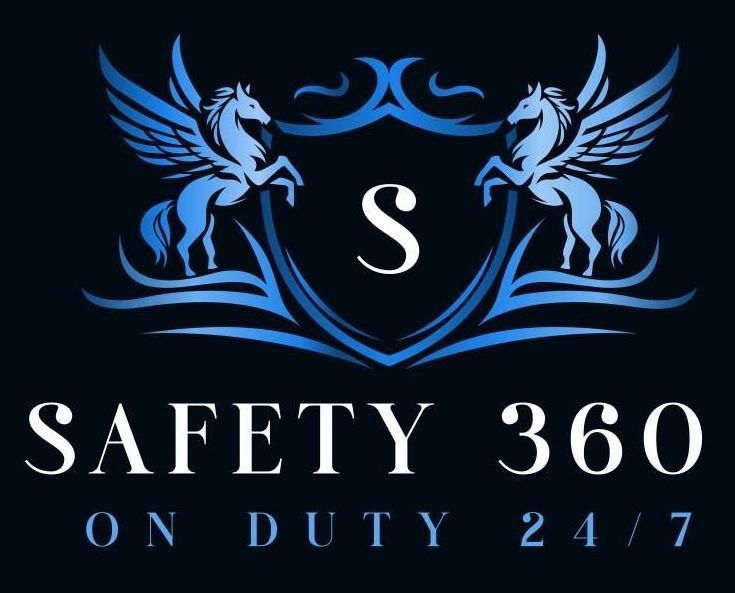Digital Twin for Churches, Houses of Worship & Faith Communities: Disaster Preparedness
Houses of worship—including churches, temples, synagogues, mosques, and other sacred spaces—are often historic and architecturally significant landmarks that serve as gathering places for faith communities. Yet these places of worship are vulnerable to a wide range of disasters, both natural and human-made—including fires, floods, earthquakes, and active shooter events.
By utilizing digital twin technology, faith centers can strengthen their preparedness for unexpected situations. These highly detailed, comprehensive 3D models capture the exact layout, structural details, and valuable contents of a building. This information is invaluable in developing tailored emergency plans, enabling first responders and community leaders to familiarize themselves with escape routes, safe zones, and critical entry points—ensuring faster, safer, and more effective responses.
Key Benefits for Sacred Spaces and Faith Communities
Documentation of Historical and Sacred Artifacts
Many houses of worship hold invaluable treasures such as religious icons, stained glass, historic texts, or sacred relics. A digital twin provides a precise visual and spatial record of these items, ensuring they are cataloged and preserved in the event of damage or loss.
Structural and Architectural Preservation
Older places of worship often feature intricate architecture that can be difficult to restore after a disaster. A digital twin serves as an exact, three-dimensional record—from foundation to rooftop—supporting accurate restoration and conservation.
Insurance and Risk Assessment
In the unfortunate event of damage, faith centers can use their digital twin to streamline insurance claims. The model provides a clear, timestamped record of the building’s condition, simplifying claims and ensuring proper compensation.
Disaster Recovery and Planning
Digital twins allow emergency planners and fire departments to virtually simulate disaster scenarios. By doing so, they can design evacuation strategies, evaluate structural risks, and improve overall preparedness for both natural and human-made crises.
Remote Access for Stakeholders
Faith leaders, insurers, architects, and emergency personnel can remotely access a digital twin for evaluation—whether for disaster planning, renovation, or historical documentation.
Event Planning & Facility Management
Beyond safety, digital twins provide valuable tools for managing community spaces such as sanctuaries, fellowship halls, multipurpose rooms, and outdoor areas. Leaders can virtually plan weddings, community dinners, or rental events, ensuring efficient layouts, compliance with occupancy and accessibility standards, and seamless coordination with vendors.
Protecting Legacy, Community, and the Future
By adopting digital twin technology, faith communities can safeguard not only their sacred spaces and architectural heritage but also the people and traditions they represent. These models capture a building as it exists today, creating an invaluable record for emergency planning, insurance, cultural preservation, and community use.
In a world of unpredictable threats and natural disasters, digital twins help ensure that places of worship—across all faiths and traditions—remain protected, resilient, and standing strong for future generations.
